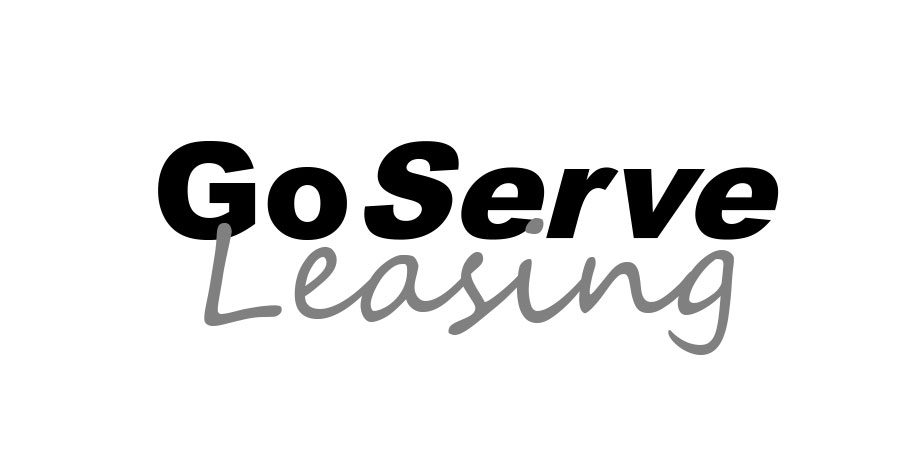- At roundtable, Nessel blasts federal SNAP turmoil as Michigan communities face rising need
- Whitmer signs Republican-led push for Michigan earmark reforms into law
- Trump administration urged by US House Dems to act on health insurance claim denials
- Former Congressman Andy Levin endorses El-Sayed’s U.S. Senate bid in joint op-ed
- Michigan regulators to host public hearing on DTE contracts for Saline Township data center
- US Senate agrees with overwhelming House vote to force release of Epstein files
- Trump administration unveils plan to try to dismantle Department of Education
- Report concludes that financial resources are the biggest driver of Michigan health outcomes
- Tlaib and Thanedar among Democrats pressing ICE for answers on detainment of pregnant women
- Shortage of rural doctors won’t end anytime soon, report says

The Michigan Health Council (MHC) Michigan Healthcare Workforce Index finds the state will face a shortage of more than 170,000 home health and personal care aides within the next decade. Four health care occupations are projected to have more workers than Michigan jobs between 2023 and 2033: diagnostic medical sonographers, dentists, radiation therapists, and child, family, and school social workers:
Michigan Faces a Major Looming Shortage of Home Health Aides, Nurses, and Most Other Health Care Occupations
LANSING, Mich.—(May 16, 2024)—As Michigan's population continues to age, an updated report from Michigan Health Council (MHC) released today has found that the state will face a shortage of more than 170,000 home health and personal care aides within the next decade.
This year’s edition of the Michigan Healthcare Workforce Index — a comprehensive report launched in 2023 that assesses the outlook of 36 health care jobs in the state—found that nearly all health care occupations are projected to experience workforce shortages between now and 2033.This data points to a growing health care workforce crisis for Michigan—one that demands data-driven intervention from state leaders,” said MHC President and CEO Craig Donahue. “The Index helped confirm what we’ve known anecdotally for years. Now we need to identify and support solutions. Our hope is that decision-makers use this report to inform how to invest limited time and resources for maximum impact. We believe that the insights and analysis gleaned from the index will spark informed discussions about the best ways to build Michigan’s health care workforce capacity.”
The index sheds light on the occupations by calculating projections based on four variables:
Growth: The percentage each occupation is expected to grow over the next ten years
Wage: The occupation’s 2022 median wage and 2012 median wage were combined to determine by what percentage the occupation’s wage had increased (or decreased) over ten years
Turnover: The level of movement taking place in the occupation
Shortage: A comparison of how many openings an occupation is expected to have over the next ten years to the educational supply
The “healthiest” occupation over the next 10 years is projected to be optometrists, while nursing assistants are projected as the “least” healthy. Compared to last year’s index, mental health occupations requiring a Master of Social Work (MSW) dropped 12 spots due to a six percentage point decline in wage growth between 2012 and 2022.The report also found that while registered nurses ranked in the middle and licensed practical nurses ranked near the top of the index, the state is facing a shortage of more than 4,000 nurses over the next decade. Only four occupations are projected to have a surplus between 2023 and 2033—diagnostic medical sonographers, dentists, radiation therapists, and child, family, and school social workers. However, even with a surplus, these occupations can be poorly distributed across Michigan, leading to challenges in access to care despite the surplus.“The 2024 Michigan Healthcare Workforce Index is a vital, unbiased tool to help stakeholders and policymakers understand the current healthcare workforce landscape and build the healthcare workforce of the future,” said Michigan Health & Hospital Association Senior Vice President & Chief Strategy Officer Ruthanne Sudderth.The index is part of MHC’s ongoing work to catalyze data on health care workforce gaps into actionable talent solutions accessible to organizations statewide. A plan to address prioritized gaps, as well as briefing documents helping stakeholders execute the plan, are slated for development later this year. This work is supported by a grant from the Michigan Health Endowment Fund.
Get MHF Insights
News and tips for your healthcare freedom.
We never spam you. One-step unsubscribe.

















